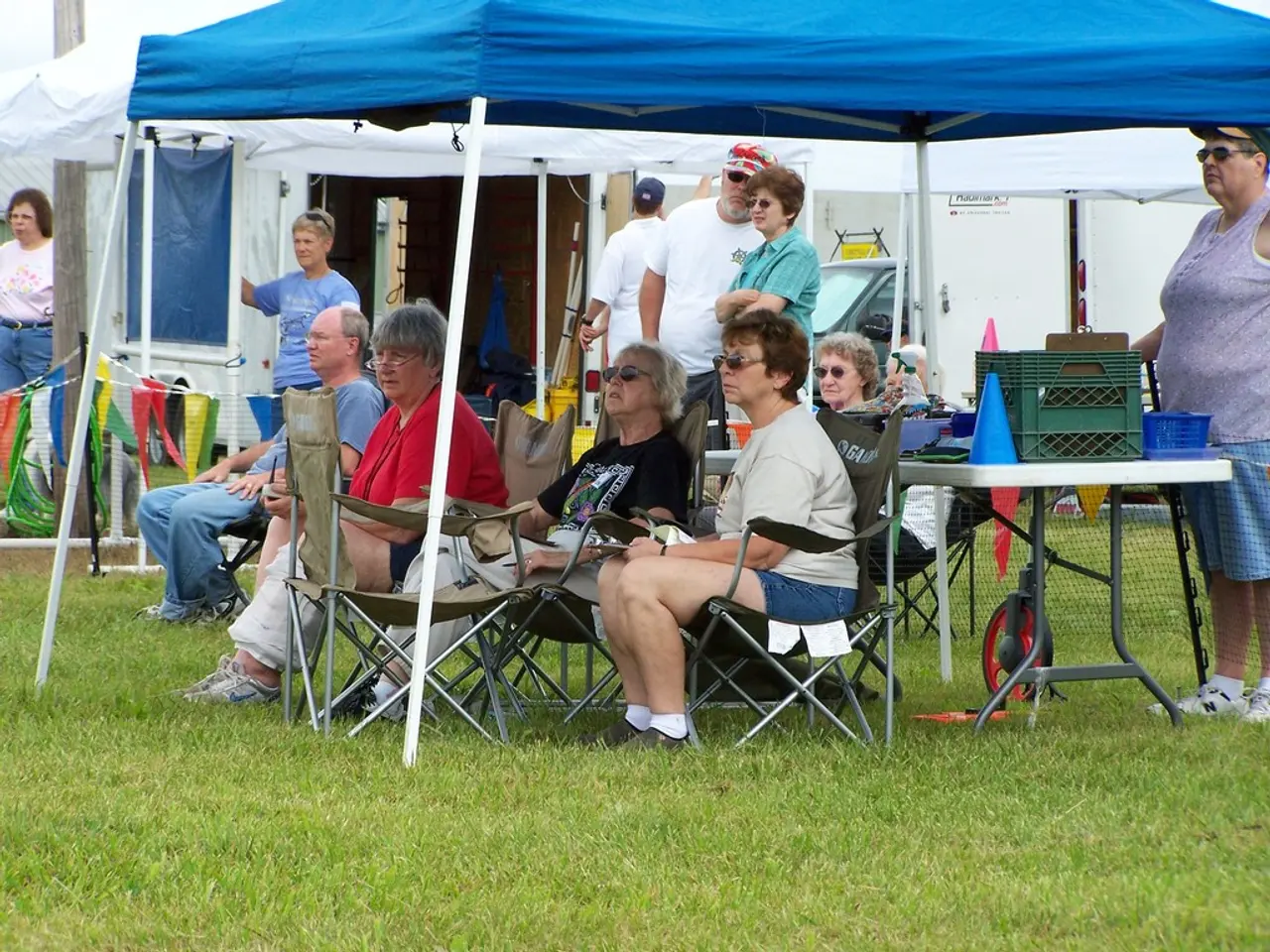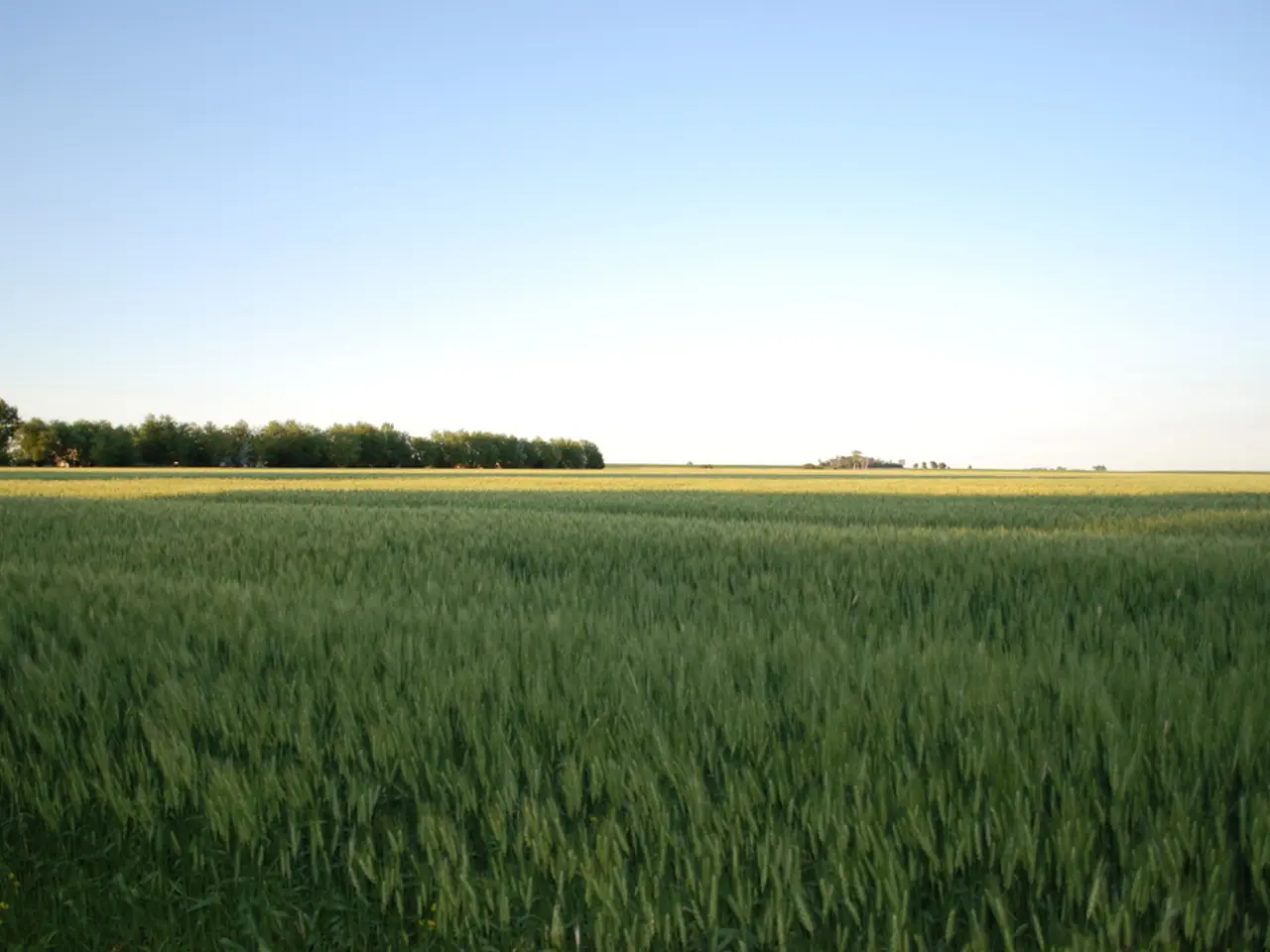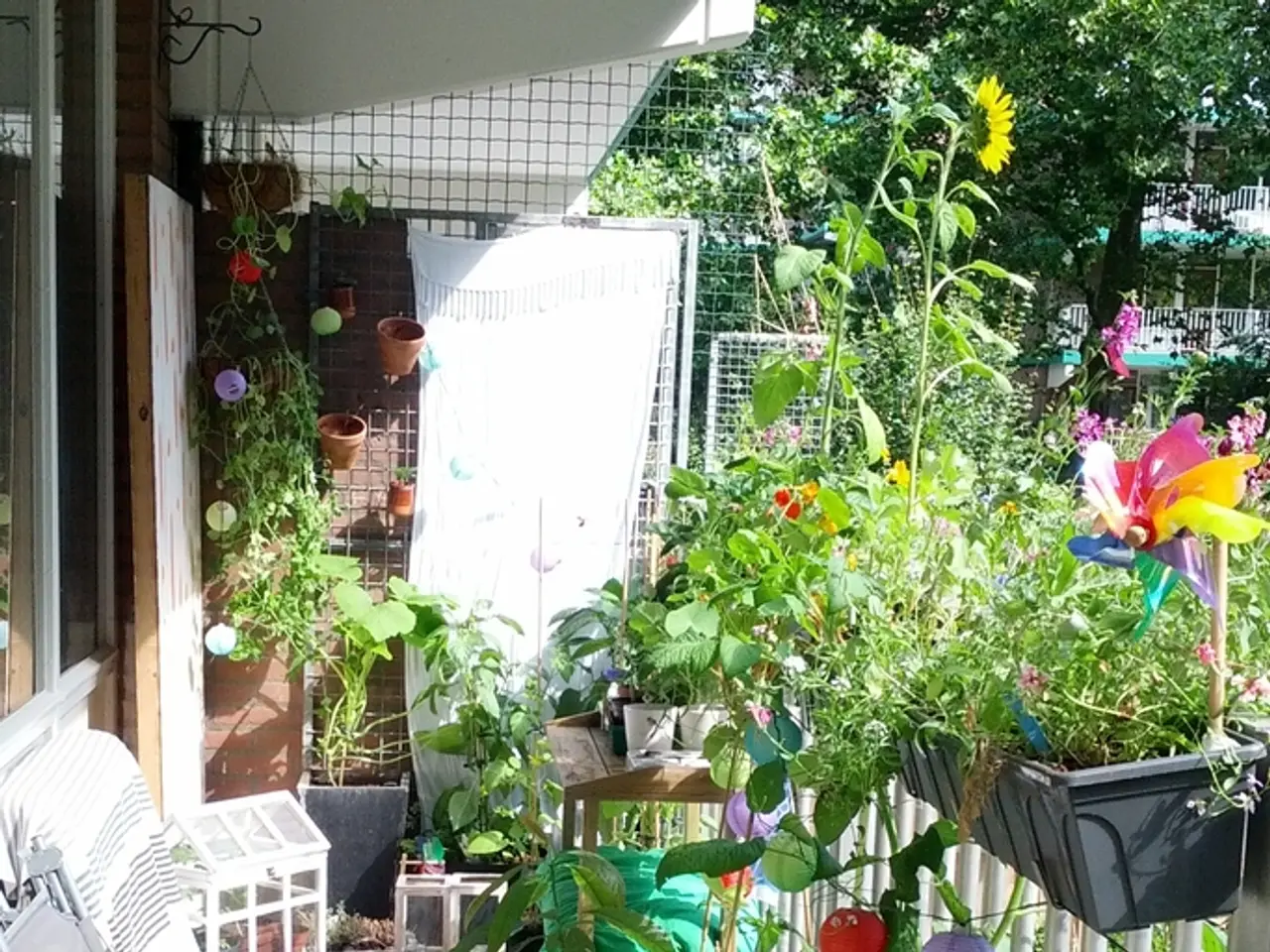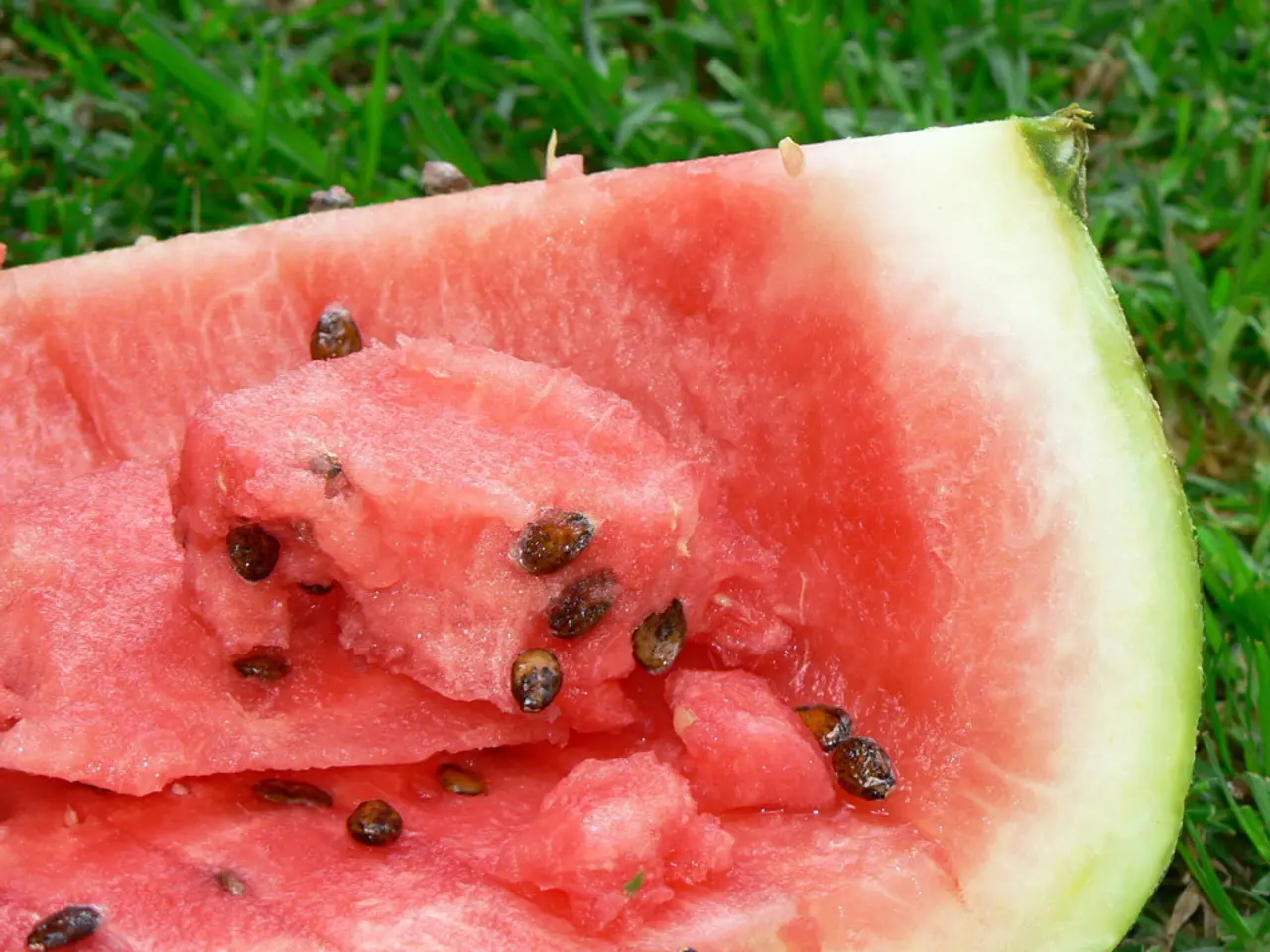Connecting Pathways Between Elevated Flower Beds - 4 Tidy, Functional, and Aesthetic Methods for Outlining, Connecting, and Harmonizing Your Elevated Garden Space
Raised Garden Bed Pathways: A Comprehensive Guide
When designing a raised garden bed, the walkways between them are just as important as the beds themselves. They serve as links, unifying the garden, retarding weeds, and retaining moisture. In this article, we'll explore four common materials for pathways in raised garden beds: wood chips, gravel, slate, and stepping stones.
Wood Chips
Organic and natural-looking, wood chips blend well with garden aesthetics. They offer several advantages, such as suppressing weeds and improving soil moisture retention by decomposing over time. However, they have their drawbacks. Decomposition means regular topping up is necessary, and in damp conditions, they can attract insects or mold.
Gravel
Gravel is a popular choice due to its durability, good drainage, and ease of installation. It prevents mud on paths and allows water to permeate, reducing runoff. However, small gravel may scatter outside the path without edging, and it can be uncomfortable to walk on barefoot and potentially noisy. Weeds can also grow through if not properly laid over weed fabric.
Slate (Crushed Slate Chips)
Slate chips create a clean, defined, and attractive path with some natural texture. They are heavy enough to stay in place better than lighter gravel, reducing erosion and movement. Slate chips are effective for drainage and dry quickly, making them an excellent contrast to wooden or willow-based raised bed structures. However, they can be more expensive than regular gravel and edging is typically needed to keep chips contained.
Stepping Stones (Flagstones or Large Stones)
Stepping stones provide stable, slip-resistant footing and a natural, aesthetic look. They are suitable for curved or freeform pathway designs. However, installation can be labor-intensive, requiring ground preparation like a sand bed. Stones can shift over time if not properly bedded or mortared, and they may require more upfront cost and effort than loose materials.
In conclusion, each material offers distinct advantages and drawbacks. Wood chips and gravel are easier and cheaper options but require more frequent upkeep. Slate chips offer a stable and visually tidy path with moderate maintenance if edged properly. Stepping stones deliver durability and elegance but demand higher installation effort and cost. The choice depends on desired aesthetics, budget, maintenance tolerance, and garden conditions such as drainage and foot traffic intensity.
In the realm of home-and-garden design, consider the inclusion of a lifestyle feature such as gardening and the accompanying home aesthetics. For instance, a lifestyle decision on the materials for raised garden bed pathways can significantly impact the overall garden setting. Wood chips, with their natural appearance and weed-suppressing properties, complement the garden-inspired lifestyle, while slate chips provide a clean, defined, and visually appealing pathway, aligning well with the home-and-garden lifestyle.




